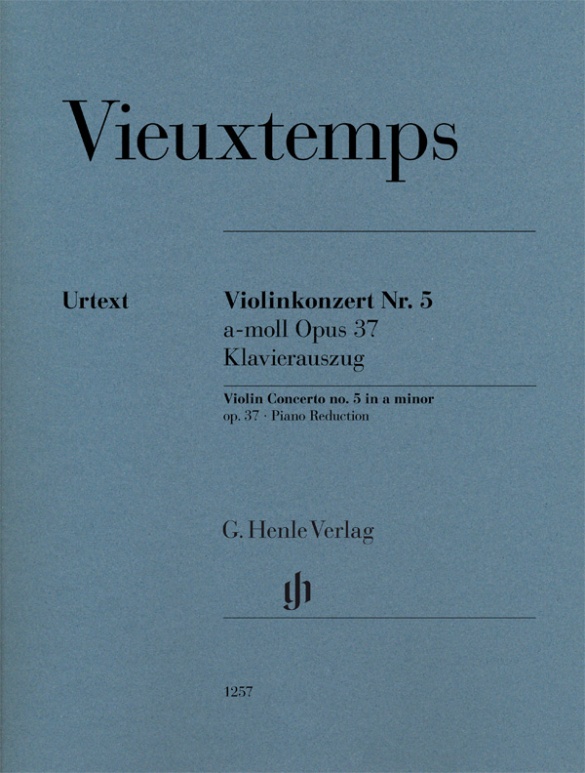

Henry Vieuxtemps
Violin Concerto no. 5 a minor op. 37
Amongst Vieuxtemps’ seven violin concertos, the fifth in a minor is doubtlessly the best known and most popular by far. It was composed in 1860/61 as an obligatory examination piece for the violin class of his friend Hubert Léonard at the Brussels Conservatory, but then soon made its way into the concert hall. It owes its popularity not only to the brilliant violin part but also to the unusual form of the three movements that merge into one another without interruption. The violinist and musicologist Ray Iwazumi is not only the editor of our edition but also undertook the bowings for the solo part. The preface was penned by the Belgian expert on Vieuxtemps, Marie Cornaz.
Content/Details
About the Composer
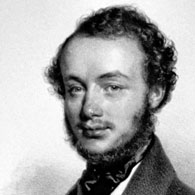
Henry Vieuxtemps
A violinist and composer of the Romantic era from Belgium who attained great international fame by his virtuosic playing. He is regarded as the most important representative of the Franco-Belgian violin school. His works include concerti for violin, viola, and cello, solo pieces, and chamber music.
| 1820 | Born in Verviers on February 17. At age four he receives violin lessons from his father, later from Joseph Lecloux-Dejonc. |
| 1827–31 | Concert tours take him to Liège and Brussels, among other places. He is accepted into Charles-Auguste de Bériot’s class. |
| 1829 | In Paris he makes his debut at the Théâtre-Italien with Pierre Rode’s Violin Concerto no. 7 in A minor, op. 9. |
| from 1831 | Decades-long concert tours throughout Europe and America help him rise to become the most popular violinist of his age. He meets important contemporaries, including Schumann, Spohr, and Bernhard Molique. He intensifies his studies with Simon Sechter in Vienna. |
| 1835–36 | He takes composition lessons with Anton Reicha in Paris. |
| 1844 | He marries Viennese pianist Josephine Eder, who frequently accompanies him at the piano. |
| 1846–50 | In St. Petersburg he is active as soloist to the Tsar and as professor at the conservatory, where he founds the St. Petersburg school of violin. He composes four violin concerti. |
| 1861 | He publishes his Violin Concerto no. 5 in A minor, op. 37, one of his best-known works. |
| 1871 | As professor at the Brussels Conservatoire he teaches, among others, Eugène Ysaÿe. |
| 1879 | He withdraws from public life for health reasons. |
| 1881 | Dies in Mustapha, Algeria, on June 6. |
About the Authors
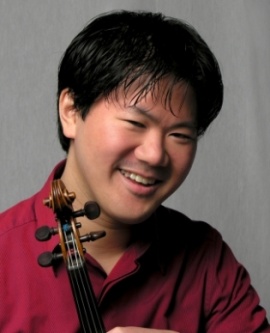
Ray Iwazumi (Editor, Fingering and bowing for Violin)
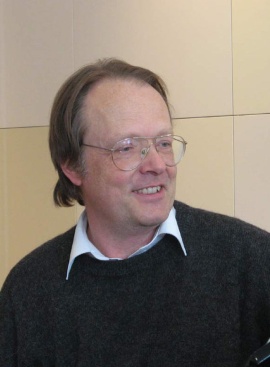
Johannes Umbreit (Piano reduction)
Prof. Johannes Umbreit studied the piano at the Musikhochschule in Munich. From 1987 onwards he was a regular accompanist at courses given by Wolfgang Schneiderhan, Thomas Brandis, Ljerko Spiller, Igor Ozim, Olga Woitowa, Ernő Sebestyén, Walter Nothas, F. Andrejevsky, Denis Zsigmondy and Zakhar Bron amongst others. He has appeared in numerous radio and TV broadcasts and plays chamber music with members of the Bavarian State Orchestra, the Munich Philharmonic Orchestra and the Bavarian Radio Symphony Orchestra.
He is on the jury of different international competitions and has been invited to several international music festivals. Umbreit was a teacher for almost ten years at the Musikhochschule in Munich and at the same time a lecturer for chamber music and piano accompaniment at the Richard Strauss Conservatory. Since 2008 he has been a lecturer at the Hochschule für Musik und Theater München. As the long-serving managing director of the Richard-Strauss-Gesellschaft, he was made an honorary member of the board in 2009. In May 2011, the Bavarian Minister of Culture appointed Johannes Umbreit an honorary professor of the Hochschule für Musik und Theater München on the suggestion of its academic senate.
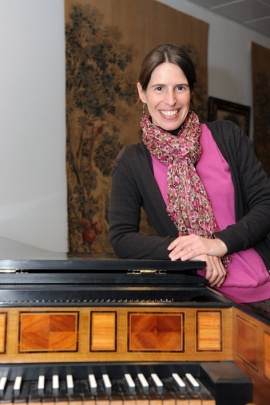
Marie Cornaz (Preface)
Marie Cornaz is the head of the music division at the Royal Library of Belgium and lecturer in musicology at the Université Libre de Bruxelles. After her doctoral dissertation on music publishing in Brussels during the 18th century, she has published on manuscript and printed musical sources kept in Belgian collections and on the history of the musicians in the Low Countries and Belgium between the 17th century and the beginning of the 20th century. She is the author of the following books: L’édition et la diffusion de la musique à Bruxelles au XVIIIe siècle (2001), Les Princes de Chimay et la musique (2002), The Dukes of Arenberg and Music in the Eighteenth Century. The Story of a Music Collection (2015) and À la redécouverte d’Eugène Ysaÿe (2019).
Product Safety Informations (GPSR)

G. Henle Verlag
Here you can find the information about the manufacturer of the product.G. Henle Verlag e.K.
Forstenrieder Allee 122
81476 München
Germany
info@henle.de
www.henle.com
Die vorliegende sehr verdienstvolle Ausgabe des Klavierauszugs erfüllt mit zwei beigefügten Solostimmen alle Ansprüche einer kritischen Edition der Solostimme (den Klavierauszug mit Hinweisen auf die Instrumentierung fertigte sehr kompetent Johannes Umbreit an). Sie geht auf die überlieferten Quellen zurück, korrigiert deren Fehler und Versehen und publiziert die Ergänzungen von Ray Iwazumi sowie eine Fassung der 1. Kadenz, die Ysaÿe eingerichtet hat. In einer Einleitung berichtet Marie Cornaz über Entstehung und Aufführung des Werks durch den Komponisten, ein Kritischer Bericht von Ray Iwazumi beschreibt die Quellen und dokumentiert die editorischen Entscheidungen. Eine Vielzahl der mitgeteilten Lesarten mag interpretatorisch belanglos bleiben, aufzulisten sind sie gleichwohl. Sie verschaffen dem Benutzer das sichere Gefühl, die beste verfügbare Ausgabe des Werks zu benutzen. Notenstich (Wendestellen!) und Druck lassen keine Wünsche offen.
Das Orchester, 2016recommendations
autogenerated_cross_selling
Further editions of this title


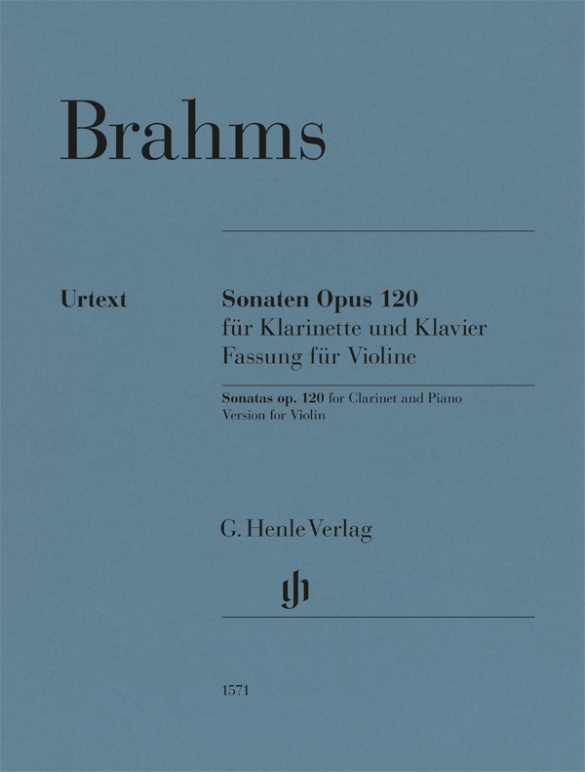
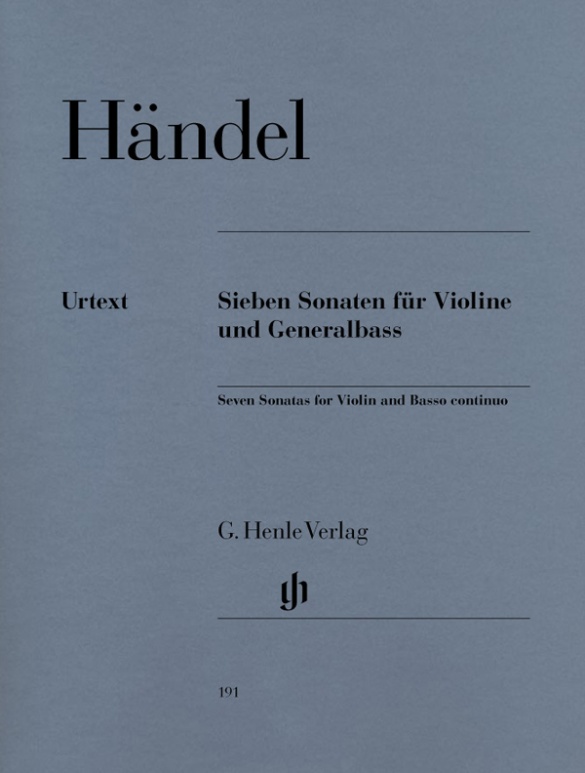

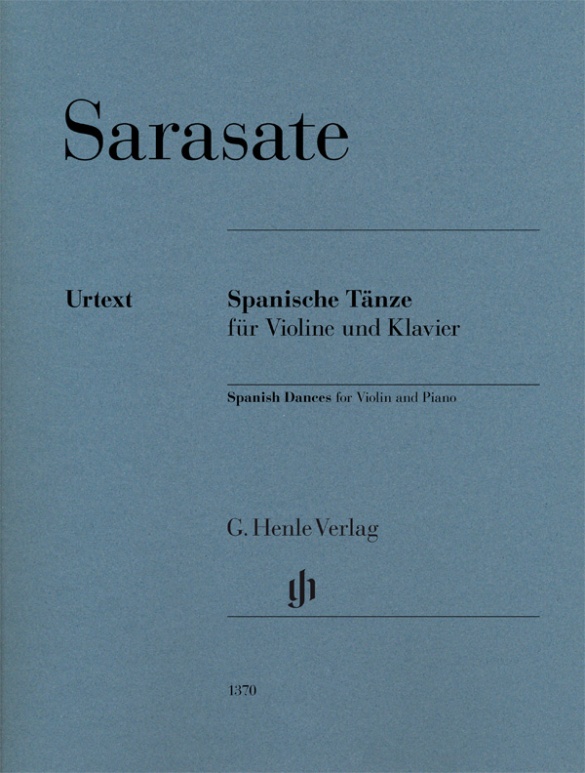
with marked and unmarked string part